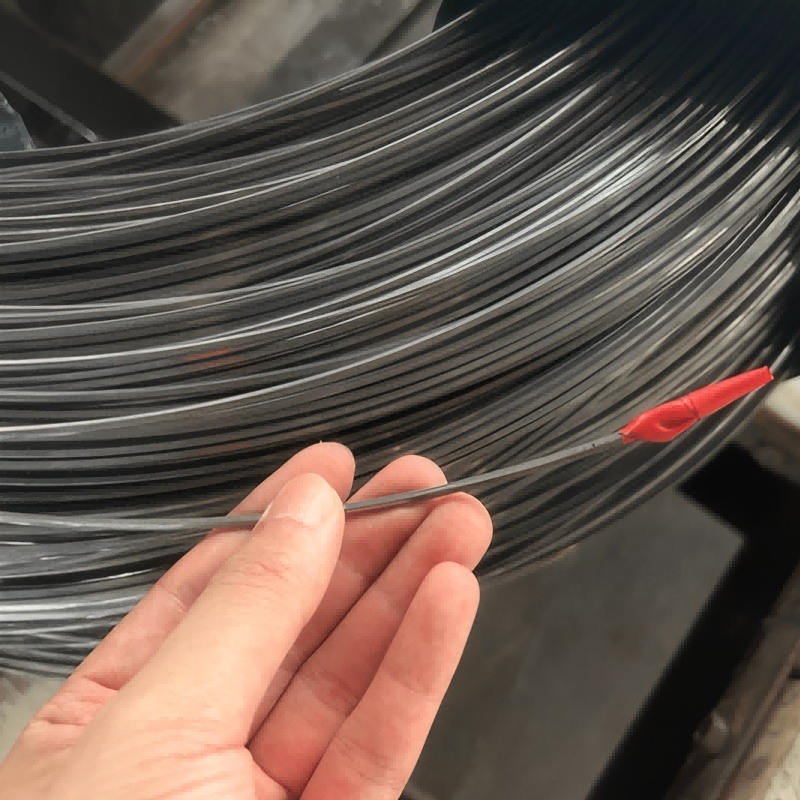17 7ph wire
The 17 7PH wire is a high-performance alloy known for its exceptional corrosion resistance and strength. Mainly composed of chromium, nickel, and aluminum, this material boasts a range of functions crucial for various industries. It is widely used in aerospace, chemical processing, and marine applications due to its remarkable resistance to oxidation in high-temperature settings and its ability to withstand harsh environmental conditions. Technological features include excellent formability, which allows for complex shaping and manufacturing without compromising its structural integrity. This wire is also non-magnetic and maintains its properties across a wide temperature range, making it indispensable for sensitive equipment and instruments.


